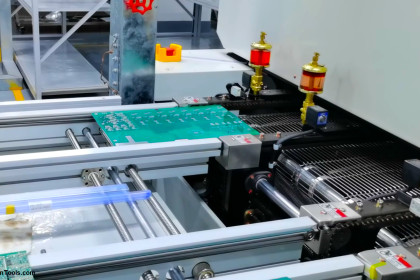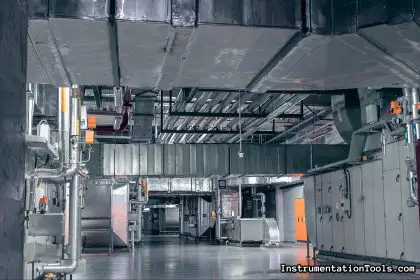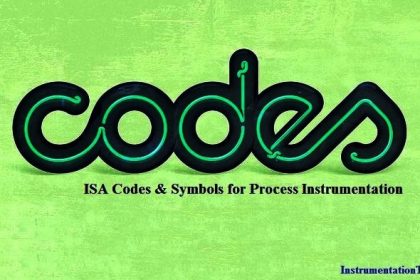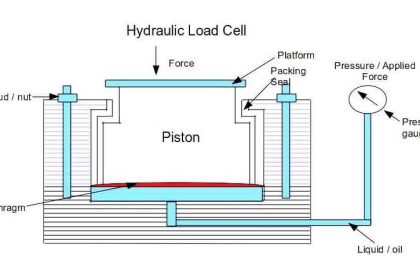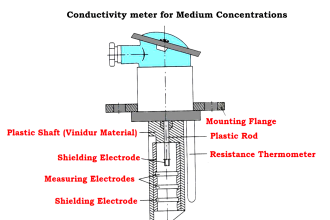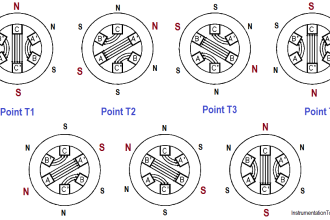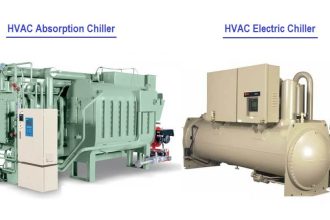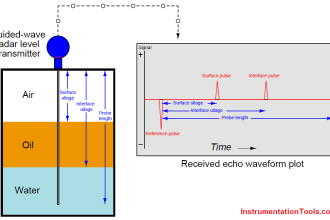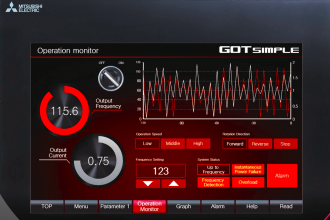In this post, we will learn the working principle of a photoelectric sensor, and the types, and features of these sensors.
The photoelectric sensor is a very important technology used in instrumentation. It makes optics and photo electricity into picture for working.
As a transducer, it converts light energy into electrical energy. It is used in many industrial automation applications.
In this post, we will see the concept of a photoelectric sensor.
What is a Photoelectric Sensor?
A photoelectric sensor emits light from the transmitter, which consists of a light-emitting element. A receiver at the other end will detect this light beam.
When this emitted light is cut by any object in between, the light beam intensity received at the receiver changes. The light intensity is continuously processed and converted into an electrical output.
As the intensity changes, the electric output changes. This electrical output is then fed to any circuit and shows whether any object has passed between the light or not. This is the concept of a photoelectric sensor.
Types of Photoelectric Sensors
There are three basic types of photoelectric sensors available. They are mentioned below.
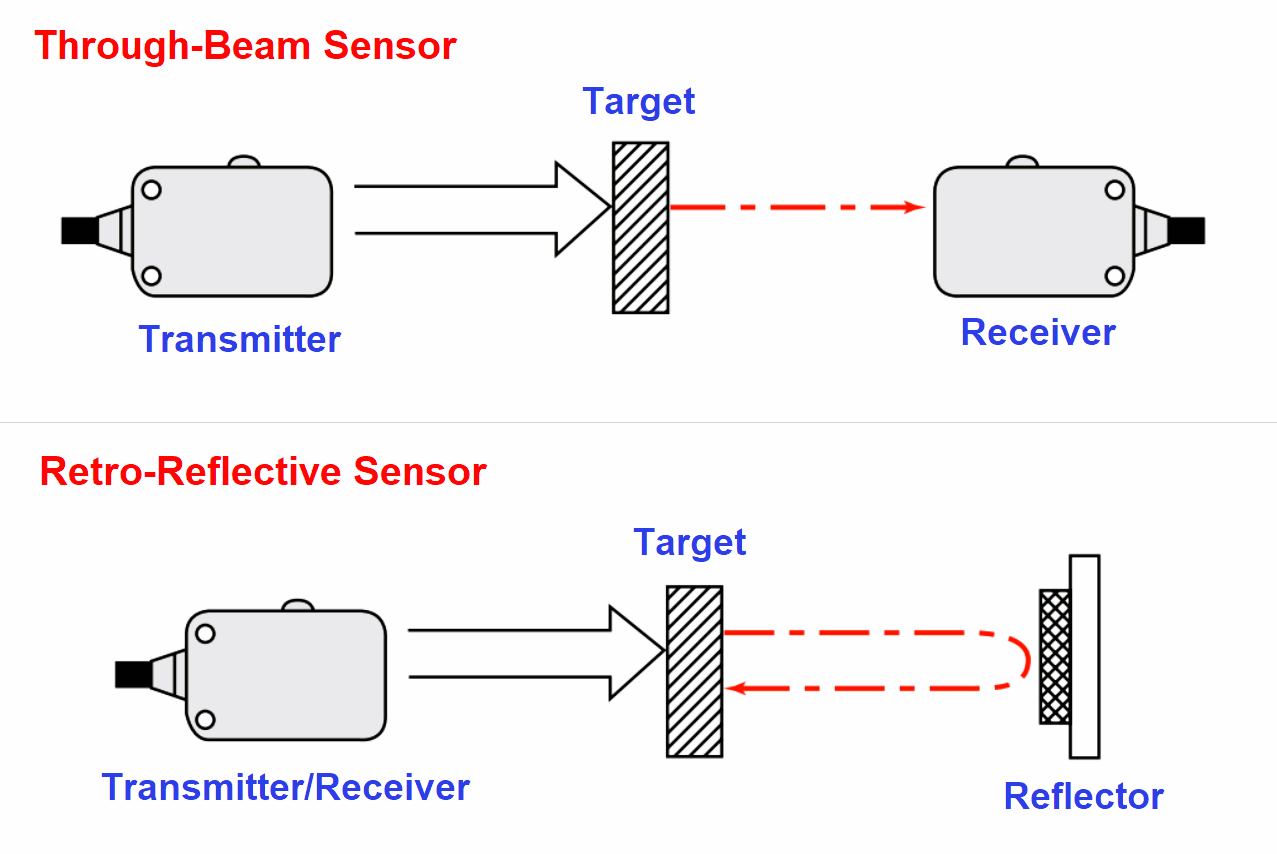
Through-Beam Sensor
In this sensor, the light travels to a receiving element and this element then immediately generates an electrical output. This means the transmitter and receiver will be at different ends.
When there is an object in between, the sensor will give a different output; and when there is no object in between, the sensor will give a different output.
The output can be NO or NC, and PNP or NPN.
Retro-reflective Sensor
In this sensor, the light travels to a receiving element (which is a retro reflector) and travels back to the transmitter.
This means the transmitter and receiver will be both at the same end. In between, when an object comes, this element then immediately generates an electrical output.
When there is an object in between, the sensor will give a different output; and when there is no object in between, the sensor will give a different output. The output can be NO or NC, and PNP or NPN.
Diffusive Sensor
In this sensor, the light travels to an object and reflects back to the receiver at the sensor end. This means the transmitter and receiver will be both at the same end.
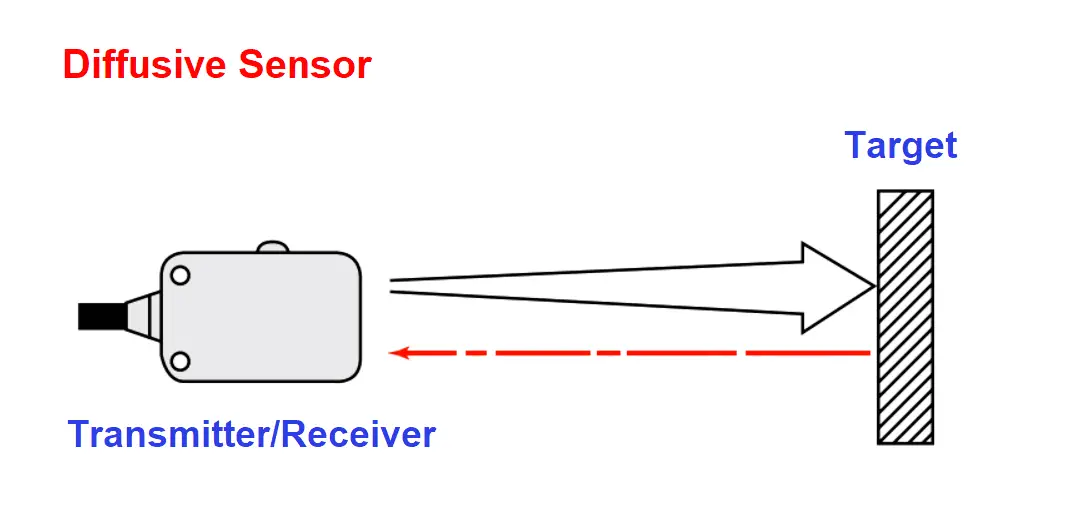
When there is an object sensed, the sensor will give a different output; and when there is no object sensed, the sensor will give a different output. The output can be NO or NC, and PNP or NPN.
Features of Photoelectric Sensors
The following are the features of photoelectric sensors.
- Long sensing distance (can go even till 10m.)
- No sensing object restrictions (can detect any object, including glass, plastic, wood, or liquid).
- Fast response time.
- High resolution.
- Long life of sensors (because there is no contact with the object, which prevents chances of physical damage).
- Easy adjustment.
- It is not affected by object color, gloss, or inclination.
- Simple wiring and optical axis adjustment.
In this way, we understand the concept of a photoelectric sensor.

